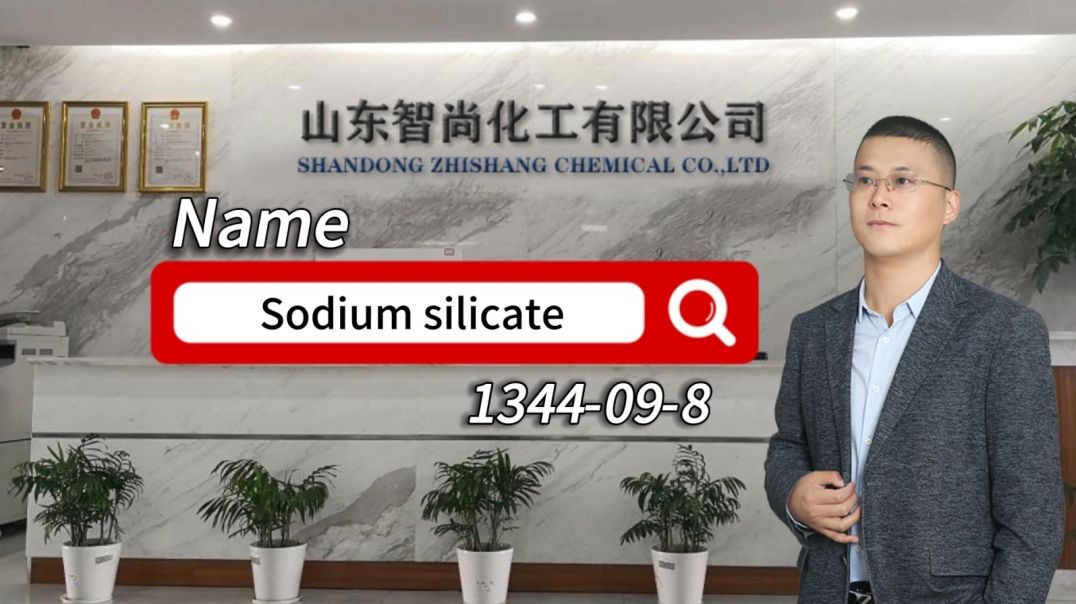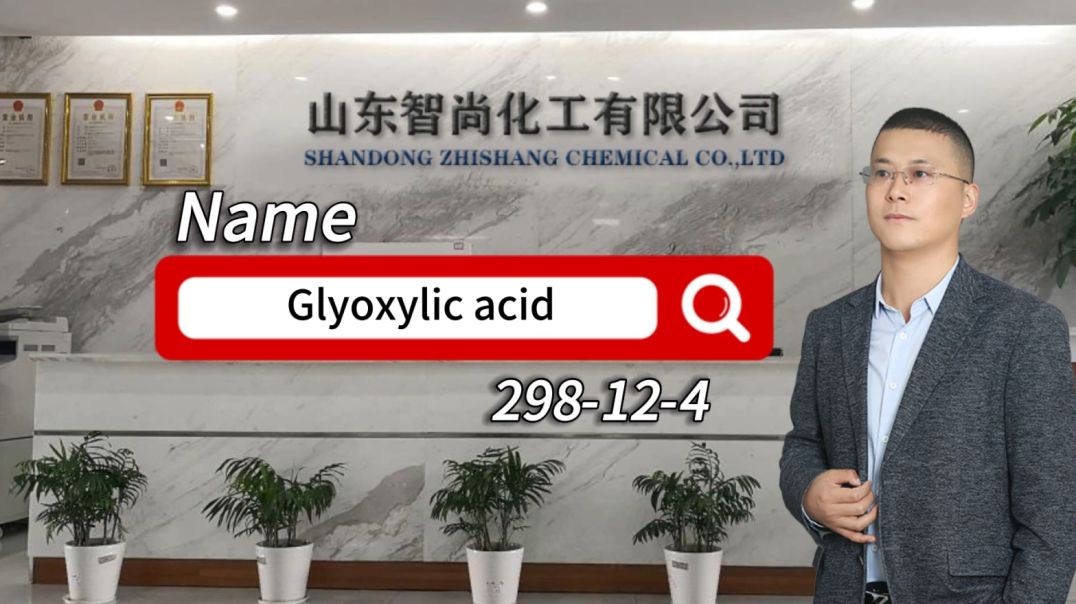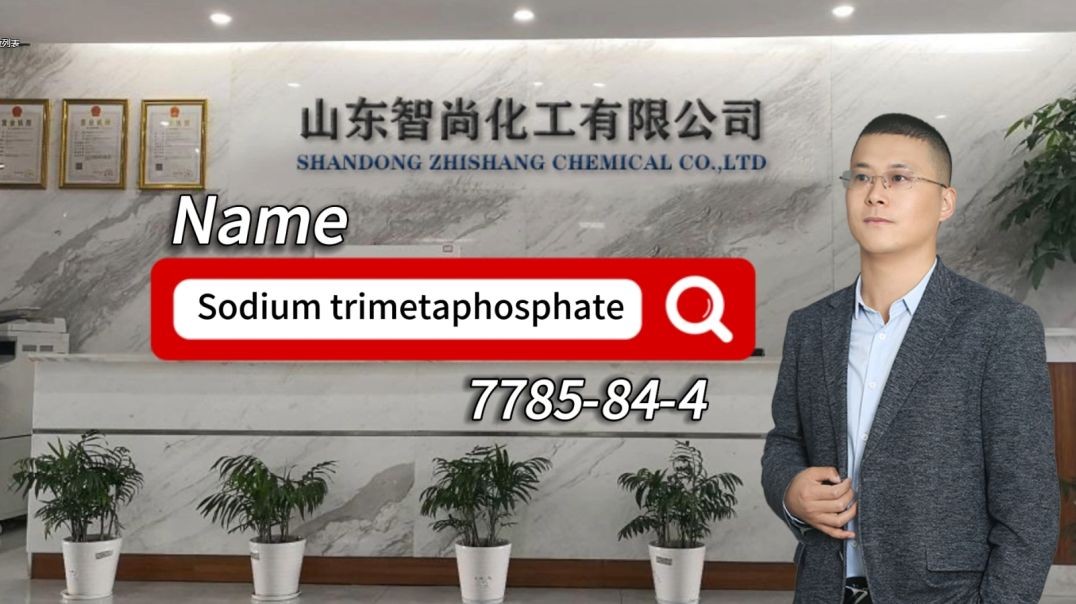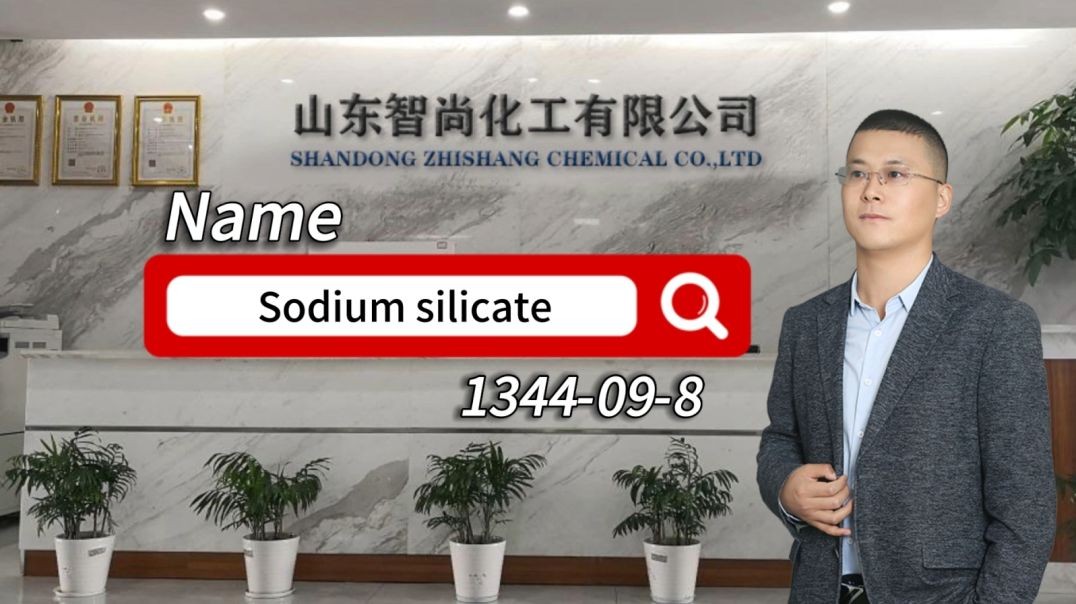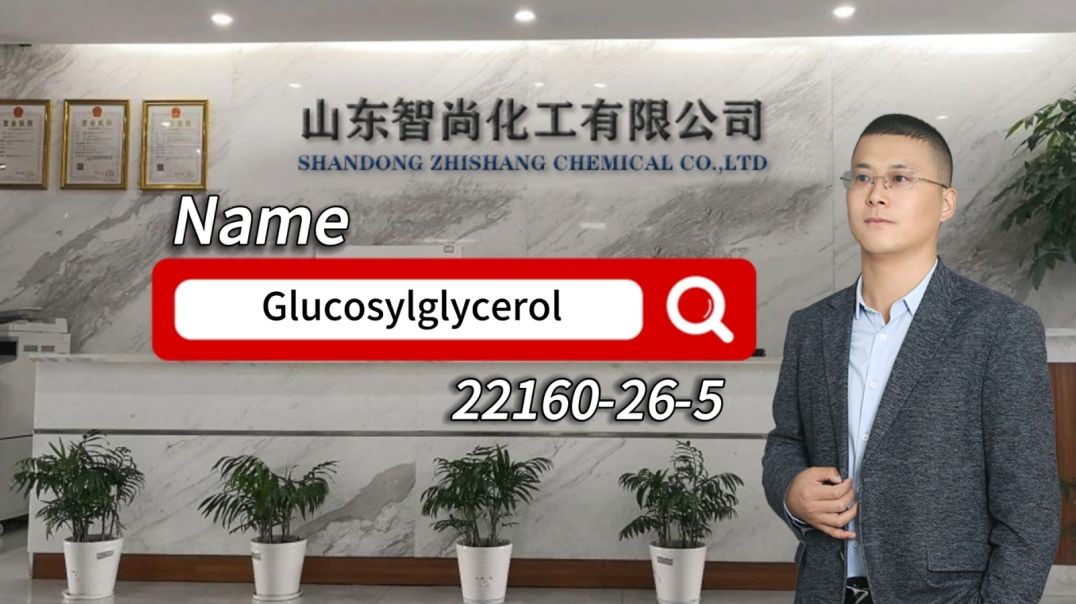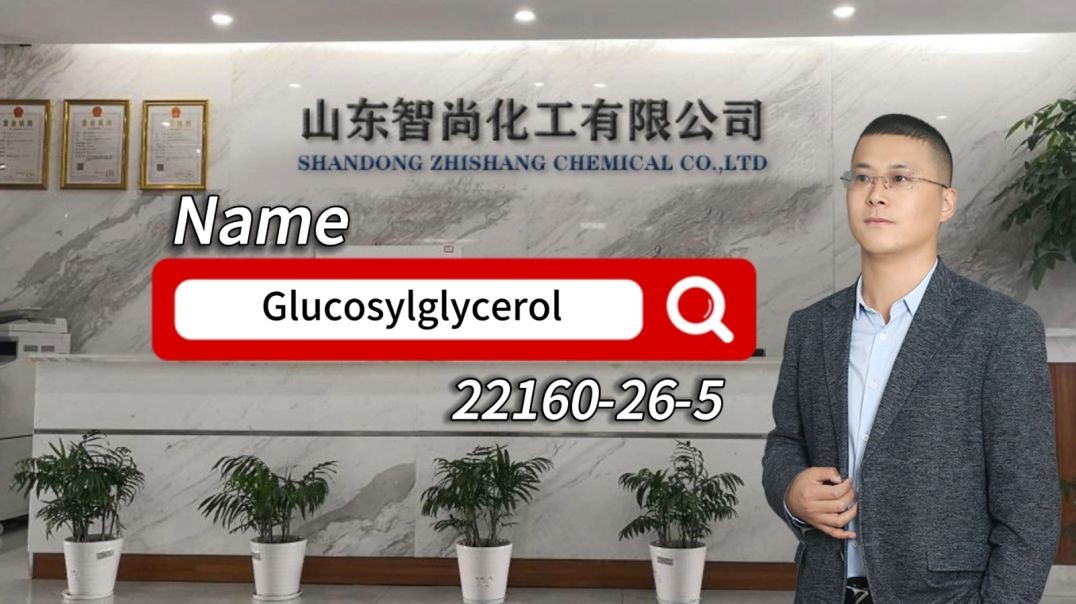Top videos
Before placing an order, you trusted us and we will repay your trust with care at every stage of the shipping process.
Every day's hard work is not tiring, and sweat pours down the heart of the worker without regret
Recording the moments of workers' hard work, every drop of sweat is worth remembering.
Application of Potassium Laurate in Latex Industry.
Ergothionein is a natural antioxidant that can protect cells in the human body and is an important active substance in the body. Natural antioxidants are safe, non-toxic, and have become a hot research topic. As a natural antioxidant, sulfur has entered people's field of vision. It has various physiological functions such as clearing free radicals, detoxification, maintaining DNA biosynthesis, normal cell growth, and cellular immunity.
Ergothionein is a natural molecule isolated from the rye ergot fungus and later discovered in rat red blood cells, liver, and many other animal tissues. Its antioxidant properties can provide potential for composite therapy, or it can be used as a food additive or cosmetic.
N-acryloyl morpholine is an excellent additive and modifier of synthetic resin. It is used as a reaction diluent of UV-cured resin and an effective modifier of acrylic resin and gelatin.
use
Uv curing inks, coatings and adhesives
Itaconic acid product introduction
Itaconic acid is an important monomer for the synthesis of polyacrylonitrile fibers, synthetic resins and plastics, and ion exchange resins;
It can also be used as a mounting agent for carpets, coating agent for paper, adhesive, dispersing latex for coatings, etc.
The ester derivatives of itaconic acid can be used as co polymers of styrene or plasticizers of polyvinyl chloride, lubricant additives, etc.
Every order is a responsibility that should be treated with care and not disappoint customers.
Carbopol is an additive in cosmetics that can protect the skin, resist UV rays, and have anti-inflammatory and antibacterial effects. Carbopol can effectively reduce viscosity and has a certain degree of looseness. In general, it can release strong slightly acidic substances, which can reduce the viscosity of cosmetics and maintain material stability.
1. Skin protection: Carbopol can have a good skin protection effect and generally has a good affinity with the skin. It can be added to skincare products to reduce the damage caused by irritating substances to the skin mucosa, which can have a good protective effect on the skin and have many benefits for the health of the skin.
2. Anti UV: Carbopol can have a good anti UV effect, generally reducing the damage caused by UV rays to the skin. It can be used to increase the skin's ability to resist UV radiation and provide good sun protection to prevent symptoms such as dullness and peeling on the skin.
3. Anti inflammatory and antibacterial: Carbopol can have a good anti-inflammatory and antibacterial effect. It is a natural medicinal ingredient that can play a certain role in treating inflammation and infections on the skin. It can help the skin wounds recover as soon as possible and alleviate symptoms such as pain and burning on the skin.
Isopropyl myristate has a low greasy feeling, a softening effect on the skin, and good permeability. It is a solvent and preservative for pigments, fragrances, and various additives.
Low melting point, stable and not easily hydrolyzed, with color and odor that meet the requirements of cosmetics, it is an excellent ester raw material commonly used in cosmetics.
Potassium formate is a colorless transparent liquid or white solid that is highly hygroscopic, has reducibility, can react with strong oxidants, has a density of 1.9100g/cm3, is easily soluble in water, and has a specific gravity of 1.58g/cm3. It is non-toxic and non corrosive. Heating carbon monoxide and potassium hydroxide together can synthesize potassium formate, which is further acidified and distilled to obtain formic acid.
Potassium formate is mainly used in petroleum drilling, oilfield drilling fluids, completion fluids, carbon black surface modifiers, snow solubilizers, mining operations, etc
Responsibility is something we carry with us all the time, and with your trust, we can move forward.
Octadecyltrimethylammonium chloride has good chemical stability and is widely used in hair conditioners, fabric softeners, fiber antistatic agents, silicone oil emulsifiers, asphalt emulsifiers, organic bentonite modifiers, disinfectants, protein coagulants in the biopharmaceutical industry, and water treatment coagulants.
Our company focuses on the production and research and development of high-quality p-methoxybenzoic acid, using advanced processes and strict quality control systems to ensure high product purity and stable performance.
As an important raw material in the fields of medicine, fragrance and organic synthesis, our p-methoxybenzoic acid is widely used in the pharmaceutical, essence manufacturing and fine chemical industries.
The company always adheres to the concepts of innovation and environmental protection, and is committed to providing customers with high-quality products and services to support the development of the industry. Choosing us means choosing reliability and professionalism!
Bis [3- (triethoxysilyl) propyl] tetrasulfide is a multifunctional silane coupling agent that has been successfully used in the rubber and plastic industry. Its application improves the physical and mechanical properties of rubber, including tensile strength, tear resistance, wear resistance, and reduces permanent deformation. At the same time, it can also reduce the viscosity of the rubber material and improve processing performance.
Sodium silicate has a wide range of applications, almost covering various sectors of the national economy.
In chemical systems, it is used to manufacture various silicate products such as silica gel, white carbon black, zeolite molecular sieve, pentahydrate sodium silicate, silica sol, layered silica, and instant powdered sodium silicate, potassium sodium silicate, etc. It is the basic raw material for silicon compounds. In economically developed countries, there are over 50 types of deep processed products using sodium silicate as raw material, some of which have been applied in high-tech, precision, and cutting-edge fields;
In light industry, it is an indispensable raw material for detergents such as laundry detergent and soap, as well as a water softener and settling aid; Used in the textile industry for dyeing assistance, bleaching, and sizing;
Widely used in the mechanical industry for casting, grinding wheel manufacturing, and metal preservatives, etc; Used in the construction industry to manufacture fast drying cement, acid resistant cement and waterproof oil, soil solidifier, refractory materials, etc; Silicon fertilizer can be produced in agriculture;
In addition, it is used as a silicon aluminum catalyst for petroleum catalytic cracking, filler for soap, adhesive for corrugated paper, high-temperature resistant materials such as laboratory crucibles, metal preservatives, water softeners, detergent additives, refractory materials and ceramic raw materials, bleaching, dyeing and slurry for textiles, mining beneficiation, waterproofing, leak sealing, wood fire prevention, food preservation, and adhesive production.
Glyoxylic acid, also known as formic acid, hydrated acetic acid, or oxoacetic acid, with the chemical formula C2H203, is the simplest aldehyde acid found in immature fruits, tender green leaves, and sugar beets.
Crystallization from water is a monoclinic crystal system (containing 1/2 crystal water). The relative molecular weight is 70.04. Melting point 98 ℃. It has an unpleasant odor, is a highly corrosive acid, easily deliquescent, and can form a paste when exposed to air. Slightly soluble in ethanol, ether, and benzene, can dissolve freely in water, and the aqueous solution is stable and does not deteriorate in air.
Acetic acid is an important raw material for fine chemicals, widely used in pharmaceuticals (mainly for broad-spectrum antibiotics such as amoxicillin, antihypertensive drug atenolol, cosmetic additives such as allantoin, high value-added aromatic aldehydes, p-hydroxybenzoic acid, etc.), water stabilizers, fragrances (ethylvanillin), pesticide intermediates, etc
application
1. Sodium tripolyphosphate can be used for the preparation of Vc phosphate, which not only has the effect of vitamin C, but also overcomes the disadvantage of vitamin C being easily oxidized by light, heat, and metal ions.
2. It can be used for the preparation of cross-linked starch. In industry, sodium tripolyphosphate is used as a cross-linking agent to prepare cross-linked starch, which has the characteristics of high efficiency, environmental protection, high conversion rate, and low cost. It is suitable for different product processing needs and has excellent product performance.
3. Sodium tripolyphosphate is an excellent inorganic surfactant due to its unique molecular structure.
4. Has strong chelating ability. It can form soluble complexes with metal cations such as calcium, magnesium, and iron dissolved in water, maintain inertness, and turn water into soft water, making it a water softener.
5. It has strong solubility and can dissolve many insoluble compound suspensions (including pigments); Make the dirt in the solution finely dispersed and not precipitate on the textile fibers. For solid particles, it can facilitate the generation of latex like liquid, promote particle dispersion, and maintain stability. When used together with detergents, it can accelerate particle dispersion speed and enhance washing effect; When used for viscous liquids, it can increase the fluidity of the liquid.
6. Sodium tripolyphosphate can be used as a buffering agent for hydrogen peroxide bleaching. As a component of detergent, it can maintain the pH of the detergent solution within the most suitable range. If used as a detergent for light metals, it can prevent the harm of alkali.
7. It is also the raw material for producing high-end toothpaste, and its function is equivalent to that of an abrasive. Medical research has shown that sodium tripolyphosphate also has the function of preventing and eliminating dental caries, and sodium tripolyphosphate is the most effective among all phosphates.
Sodium silicate is an inorganic compound
nature:
1. Appearance: Sodium silicate usually appears as a white or colorless crystalline solid.
2. Solubility: It has good solubility in water and the solution is alkaline.
3. Stability: Relatively stable under dry conditions, but prone to moisture absorption and deterioration in humid environments.
Purpose:
1. Sodium silicate is an important raw material for glass manufacturing and can be used as a flux and tackifier in the glass industry.
In the textile industry, sodium silicate is used as a flame retardant and crosslinking agent for urea resins.
Manufacturing method:
1. Alkali method: Sodium silicate can be prepared by the reaction of alkali and silica.
2. Acid method: Sodium silicate can also be produced by reacting silicic acid with sodium hydroxide.
Glycerol glucoside is a glycoside compound formed by the connection of glycerol and glucose molecules through glycosidic bonds. It is the main active ingredient of Melastomataceae (resurrection grass), which can activate the cells of Melastomataceae in long-term dry environments, giving it new life. It is essential for Melastomataceae to survive in long-term dry environments. In addition, glycerol glucoside can also be produced by blue-green algae and other sources.
Moisturizing: Glucosamine promotes the synthesis of aquaporins, maintains osmotic balance, and brings the necessary moisture to skin cells. Aquaporins (AQPs) are membrane proteins that can selectively introduce or export moisture into and out of cells. AQP3 or AQP5 are mainly present in the epidermis of the skin. For example, AQP3 is used for transporting water and glycerol;
Improving skin barrier: promoting the regeneration of NMF (silk fibroin), which is further processed into amino acids in the upper stratum corneum of the epidermis to help the skin retain moisture. It is a protein that plays an important role in the formation of the skin barrier;
Anti inflammatory: can reduce the production of pro-inflammatory cytokines such as SCF, accelerate wound healing and tissue repair;
Protecting collagen: Collagen degrading enzyme (MMP1) is an enzyme that can cleave the triple helix structure of collagen, which is produced in large quantities during skin inflammation. Controlling the activity of MMP1 and removing it is particularly important for anti-aging.
Glycerol glucoside is a glycoside compound formed by the connection of glycerol and glucose molecules through glycosidic bonds. It is the main active ingredient of Melastomataceae (resurrection grass), which can activate the cells of Melastomataceae in long-term dry environments, giving it new life. It is essential for Melastomataceae to survive in long-term dry environments. In addition, glycerol glucoside can also be produced by blue-green algae and other sources.
Moisturizing: Glucosamine promotes the synthesis of aquaporins, maintains osmotic balance, and brings the necessary moisture to skin cells. Aquaporins (AQPs) are membrane proteins that can selectively introduce or export moisture into and out of cells. AQP3 or AQP5 are mainly present in the epidermis of the skin. For example, AQP3 is used for transporting water and glycerol;
Improving skin barrier: promoting the regeneration of NMF (silk fibroin), which is further processed into amino acids in the upper stratum corneum of the epidermis to help the skin retain moisture. It is a protein that plays an important role in the formation of the skin barrier;
Anti inflammatory: can reduce the production of pro-inflammatory cytokines such as SCF, accelerate wound healing and tissue repair;
Protecting collagen: Collagen degrading enzyme (MMP1) is an enzyme that can cleave the triple helix structure of collagen, which is produced in large quantities during skin inflammation. Controlling the activity of MMP1 and removing it is particularly important for anti-aging.

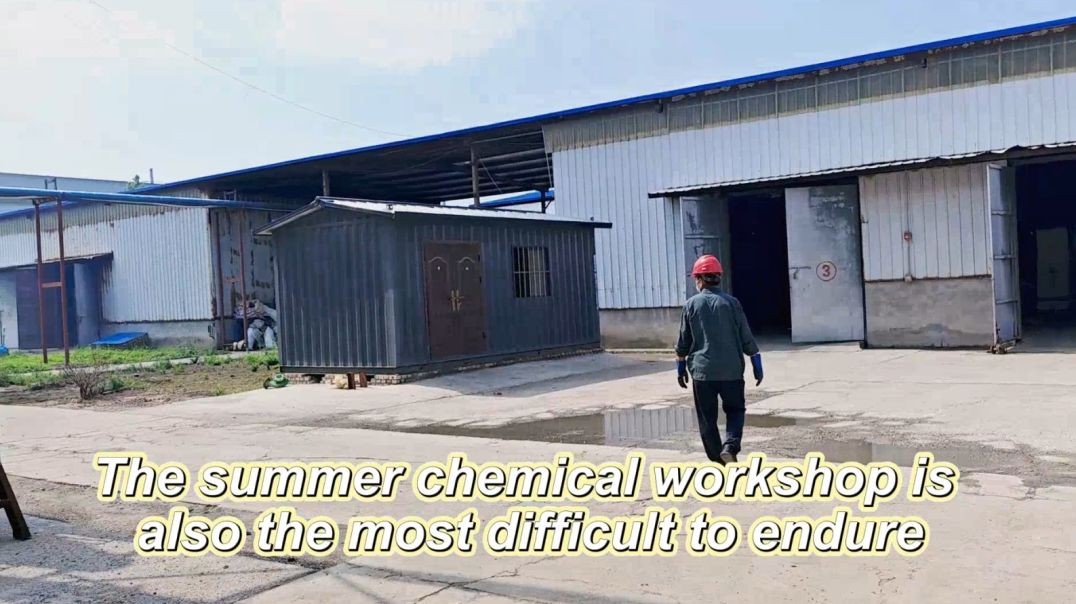

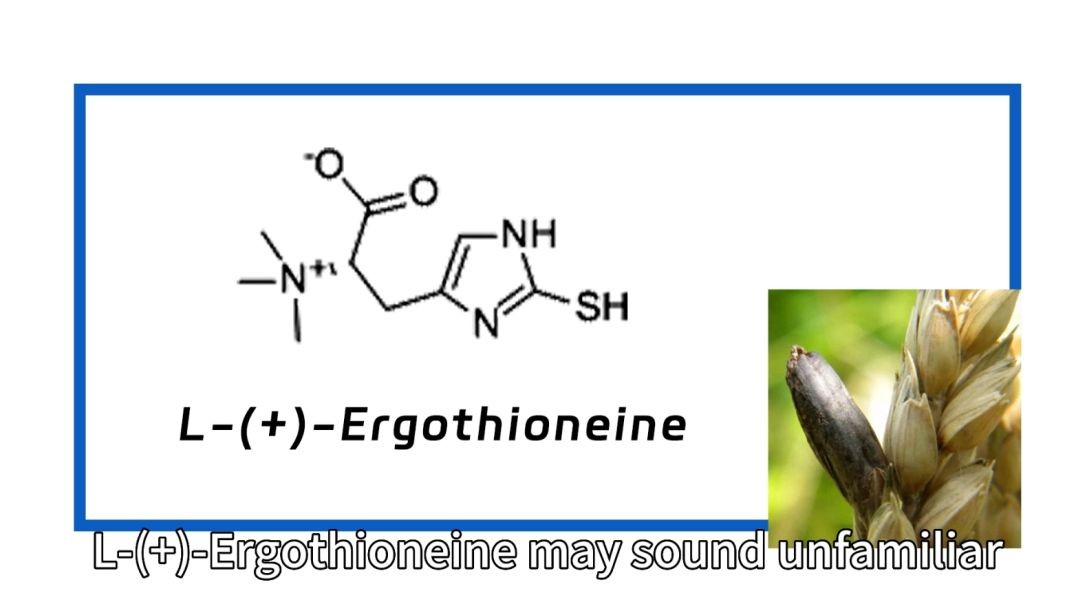

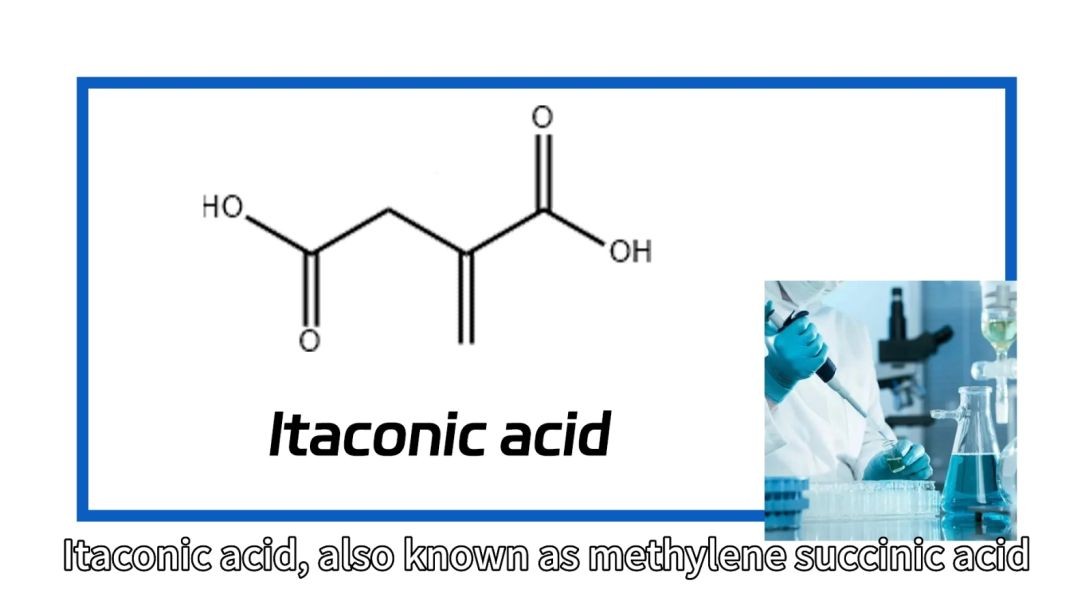
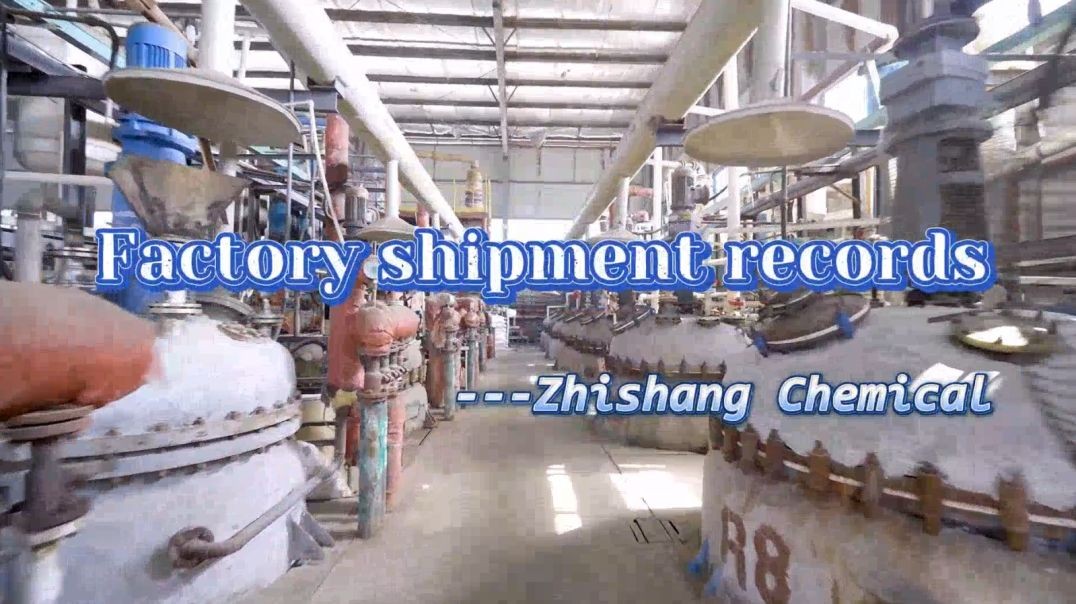

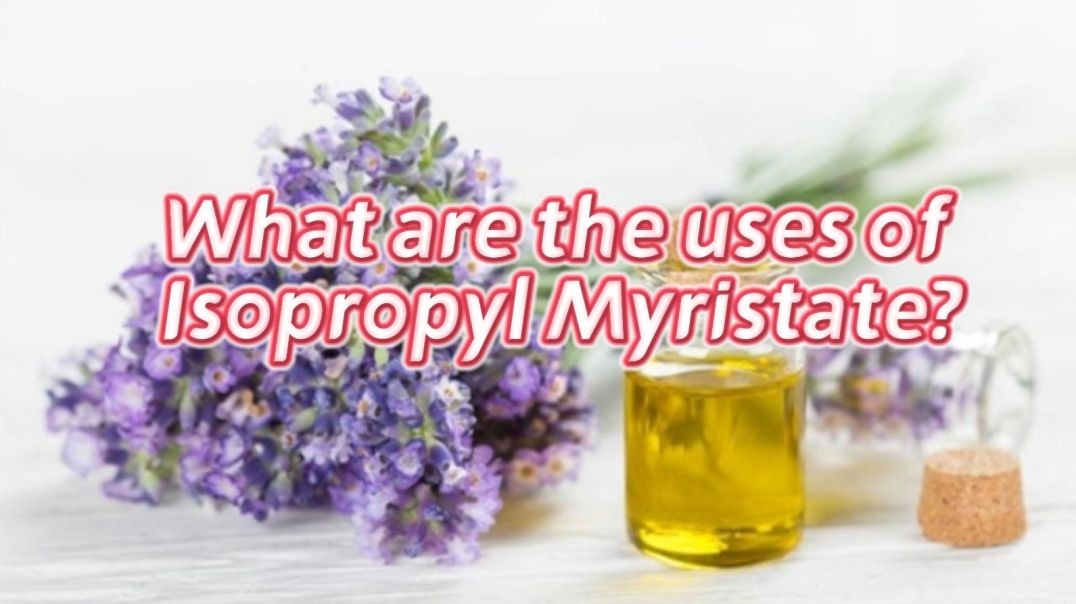
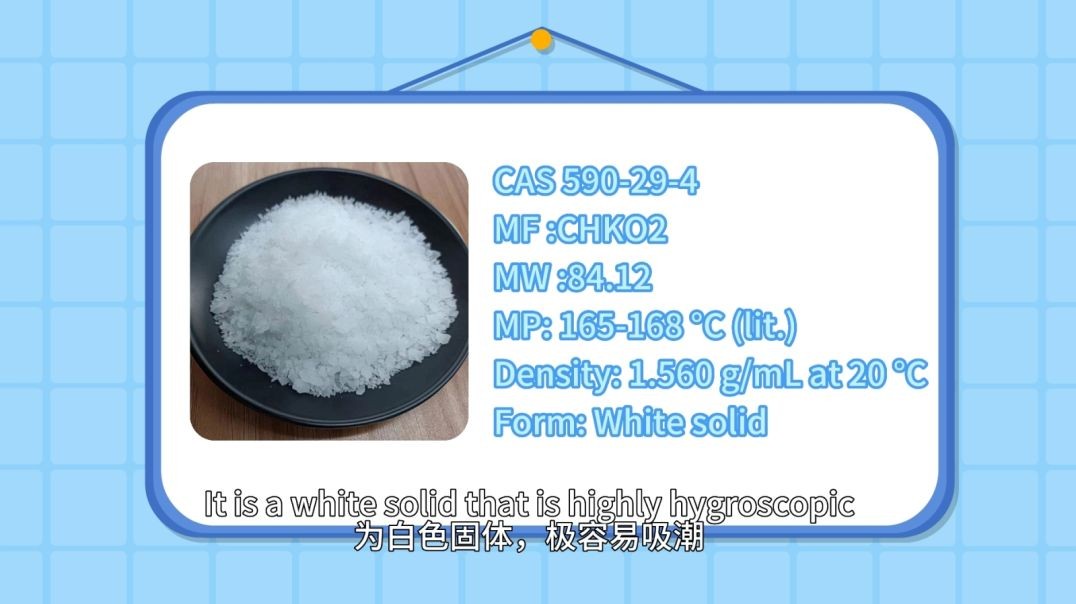
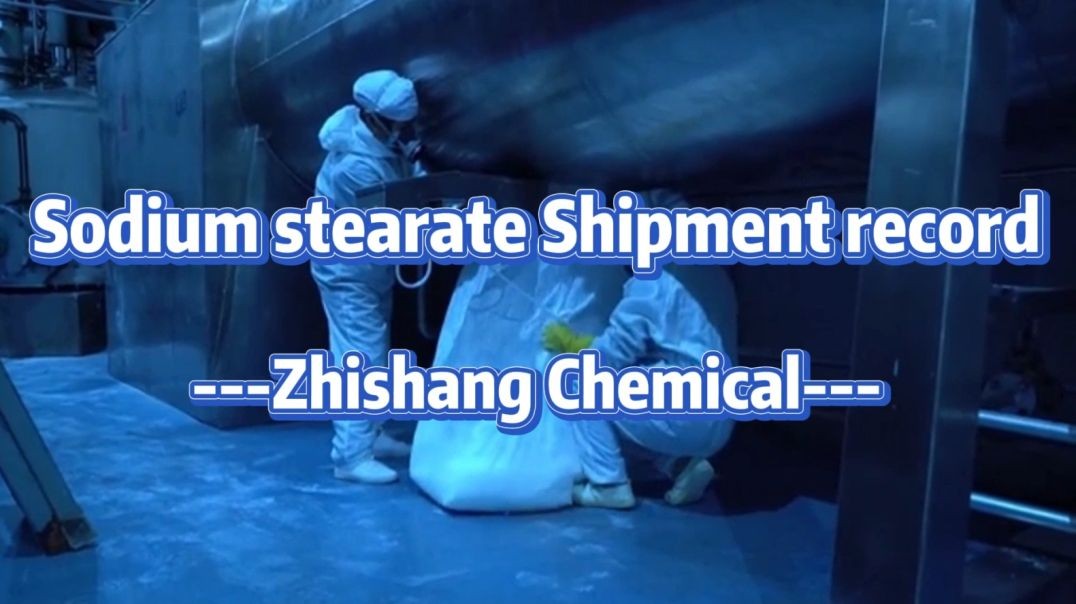
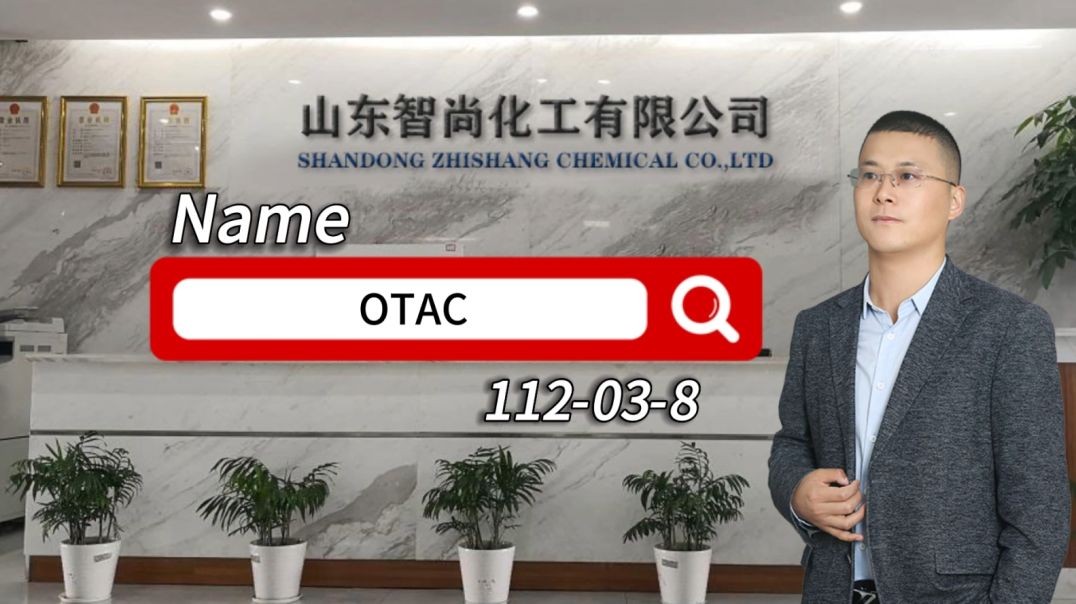
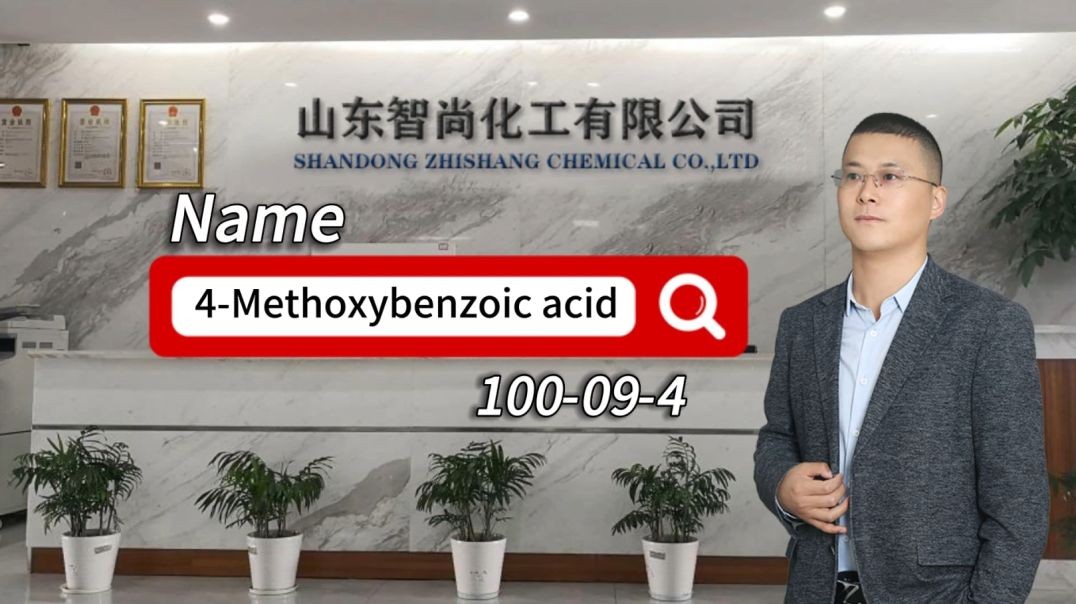
![Product Introduction of Bis [3- (triethoxysilyl) propyl] tetrasulfide](https://chemitube.com/upload/photos/2025/02/8wA12s2dG1ES6GwMVhCI_14_072f691301e94977de4f205f9020555e_image.png)
